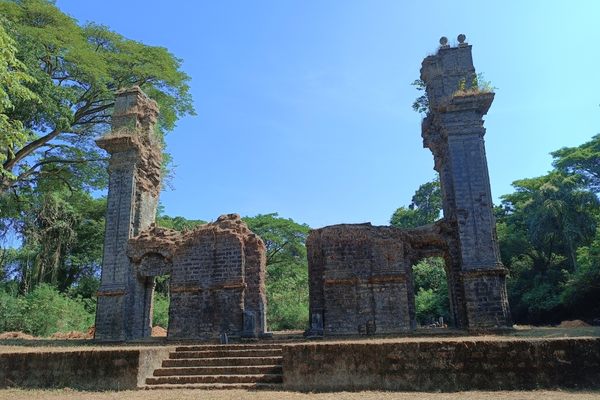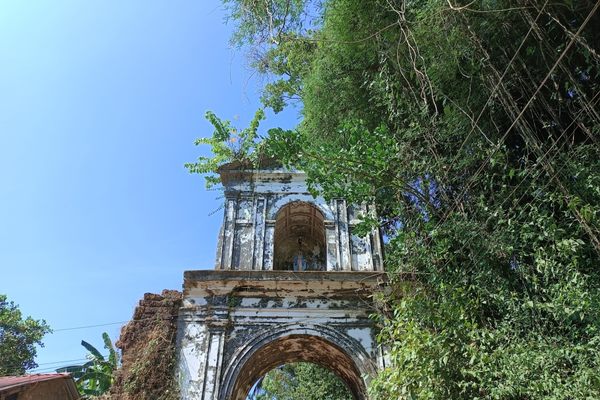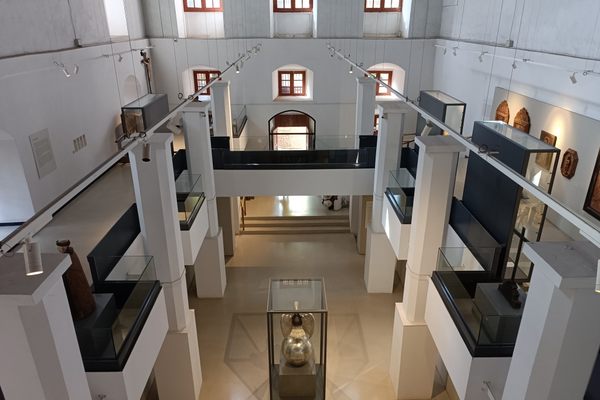The Convent of St. Dominic's Cross
The only surviving relic of the abandoned Dominican convent.
Old Goa, also known as Velha Goa, was once the capital of the Portuguese territories in India before the capital was shifted to Panaji. Several churches, convents, and other historical buildings still stand at the former capital. However, some have been lost over time.
During the mid-16th century, almost all religious orders had their headquarters in the city of Old Goa. During the 17th century, epidemics ravaged the city. Soon the city began to decline. By 1835, all religious orders, such as the Augustinians and Dominicans, were banned and forced to leave the city. Many convents were abandoned and left to crumble as nature took over.
One of the abandoned buildings was the Convent of St. Dominic. In 1548, Dominican friars arrived in Goa, bringing letters from King Dom Joao III, addressed to the Viceroy instructing him to grant them sufficient land and a sum of 5000 pounds for establishing a convent in Old Goa. They had already prepared a plan for the same in Portugal. Governor Garcia de Sa complied with the order and the Convent of St. Dominic was built.
In 1835, the Portuguese confiscated the convent as part of a larger movement within the country known as the Liberal Revolution. The movement dictated that all religious orders should be broken up within the country and its colonial holdings.
Today, a cross from the original 16th-century convent still stands within private property. It is all that remains today of the convent. The cross can be easily seen from the main road.
Know Before You Go
The cross is a short distance east of St. Cajetan Church and the Arch of Conception. East of the Arch of Conception, a white fence surrounds a private garden. Within the garden is the cross.
Note: Since the cross is on private property, kindly view it only from the outside.
















Follow us on Twitter to get the latest on the world's hidden wonders.
Like us on Facebook to get the latest on the world's hidden wonders.
Follow us on Twitter Like us on Facebook